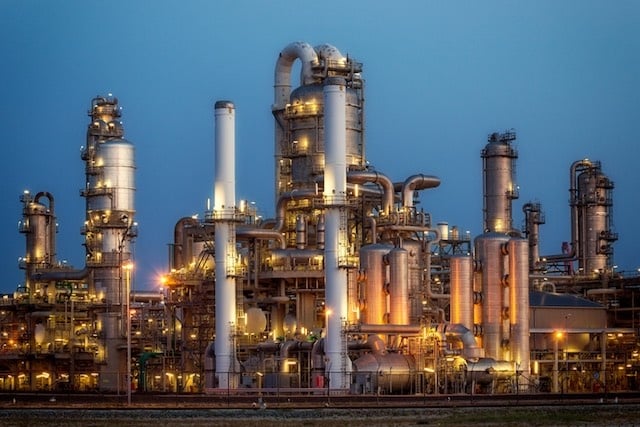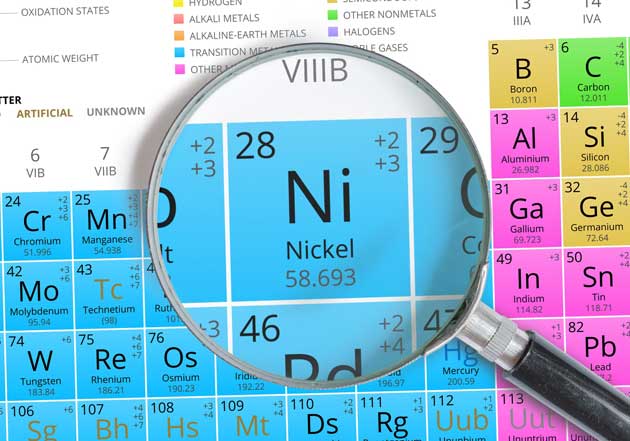
Nickel-based superalloys are more than the sum of their parts, but every single component in each Grade is there for a good reason. The delicate balance of both major and minor elemental materials gives each superalloy its own unique set of desirable properties for industrial use.
Take niobium, for instance. This can be found in certain superalloys, such as INCONEL alloy 625 and INCONEL alloy 718. Niobium used to be known as Columbium when it was first reported in 1801, but it wasn’t until 1949 that the name niobium was officially adopted. It’s still referred to as its original name in metallurgy around the world. Niobium is usually found alongside another element called tantalum, and in the composition of superalloys, the two are often listed together.
Niobium in superalloys
This metal is a significant addition to nickel superalloys, thanks to its extreme hardness, which is likened to that of titanium, but with a ductility similar to iron. Niobium is what is known as a refractory metal, alongside molybedenum, which is another commonly used element in superalloy composition. The other metals that fall into this category are tantalum, which we have already mentioned, tungsten and rhenium. All of these refractory metals have similar properties, including exceptional resistance to heat and wear. They all have a very high melting point and retain a high level of hardness at room temperature. All of which are very desirable properties in industrial nickel alloys.
While niobium is only used in very small quantities in nickel alloys, its addition lends superalloys a wide range of potential applications, and has done since it entered commercial use in the early 20th century. It is useful for gas pipelines, where its ability to withstand high temperatures without corroding or wearing is highly valued. The tiny amount used in each alloy is enough to give the overall alloy this superior strength. Niobium is also used widely in aerospace, for jet engines and in rocketry, thanks to its excellent stability at high temperatures.
Examples of niobium superalloys
In INCONEL alloy 625, the addition of niobium is part of the reason that the alloy enjoys such a wide range of varied applications. The amount of niobium+tantalum is relatively high at 3.15-4.15%, which accounts in part for the superalloy’s high strength and outstanding corrosion resistance.
INCONEL alloy 718 uses an even higher amount of niobium+tantalum; at 4.75-5.5%, it is a significant addition. This material is both strong and corrosion resistant, and is used in important components in liquid-fuelled rockets, as well as parts for aircraft engines.
Another super-strong alloy with niobium+tantalum is INCONEL X750, which only has a small amount of the two elements (0.7-1.2%). This nickel-cobalt alloy is used for rotor blades in gas turbines, rocket-engine thrust chambers, pressure vessels and heat-treating fixtures.
Find out more about the nickel alloys Corrotherm stocks, and those that benefit from the inclusion of niobium, by getting in touch with a member of our Sales team now.
 Niobium – properties, uses and application
Niobium – properties, uses and application

